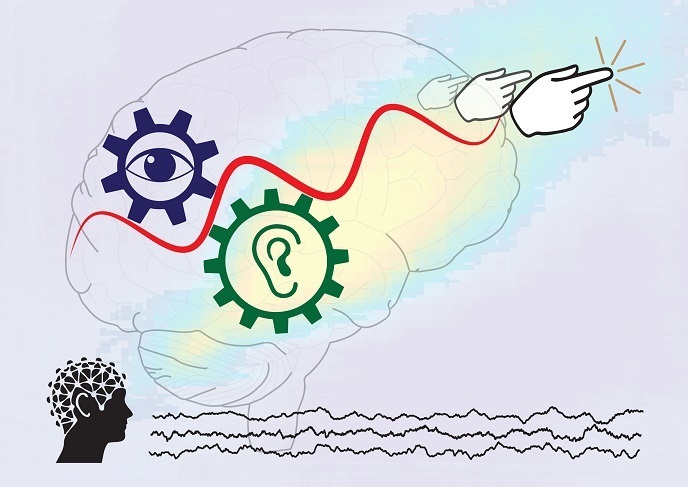Depth perception in humans
Our ability to discern depth and three-dimensional shapes is largely related to binocular disparity. This disparity is critical to grasping, reaching and manipulating objects which in turn is fundamental to tasks such as driving, sports or eating. Previous studies dedicated to enhanced understanding of processing of binocular cues have relied on limited data from a small number of brain areas, and used highly-trained subjects and animals. The EU-funded project 'Neural substrates of depth perception: from surfaces to complex 3D forms' (COMPLEX3D) sought to provide a global analysis of the contributions of dorsal and ventral regions of the brain in processing different types of depth information. The project also investigated whether the neural networks involved in depth perception demonstrate plasticity when the behavioural relevance of depth cues is modified through training (learning). Plasticity is the reorganisation of neural networks in response to repeated training. Researchers used functional magnetic resonance imaging (fMRI) and repetitive transcranial magnetic stimulation techniques to identify brain regions involved in perception of specific shapes and surfaces. Scientists measured the subjects’ behavioural performance in perceiving simple objects as well as their fMRI brain activity while making depth judgments. The stimuli had either coarse (signal - in - noise) or fine depth information. To determine learning effects on plasticity, the team increased the behavioural relevance of depth stimuli through training paradigms. They applied repetitive transcranial magnetic stimulation to brain regions involved in depth perception during depth judgments to elucidate potential differences in perception. COMPLEX3D results supported a role for training in enhancement of noise filtering mechanisms that can lead to improved depth perception. Outcomes are of fundamental importance to understanding of visual pathways mediating depth perception. This knowledge could also prove useful in prescribing rehabilitation after brain injury or in designing robotic systems.
Keywords
Depth perception, brain injury, rehabilitation, robots, binocular disparity, neural networks, plasticity, functional magnetic resonance imaging, repetitive transcranial magnetic stimulation







